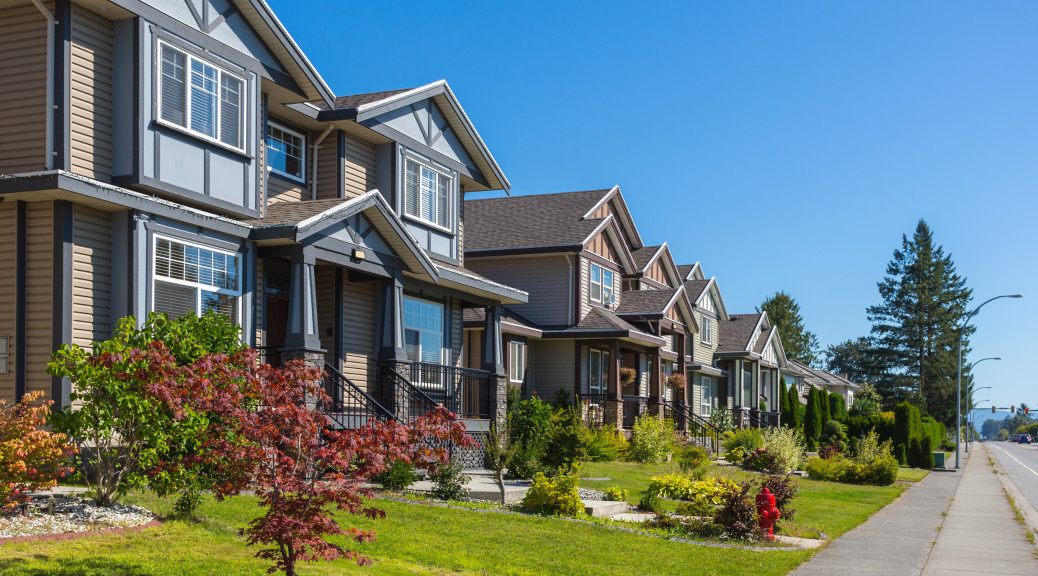A decade after the housing crisis, a U.S. Census Bureau report shows that housing cost burden has eased for homeowners but has remained stagnant for renters since the peak of the recession. Recent data from the American Community Survey (ACS) estimates the percentage of “burdened” households that spend at least 35 percent of their monthly income on housing costs.
There were 77.7 million owner-occupied housing units and 43.8 million renters in 2018. Findings reveal that 40.6 percent of renters were cost burdened when paying for rent and utility bills in 2018. Below are some other key statistics regarding housing costs for homeowners and renters.
Key Findings
- 62 percent of homeowners had a mortgage in 2018, down 6.5 percentage points from 2008.
- In 2018, 20.9 percent of homeowners with a mortgage were burdened, about 8 percentage points down from a decade ago.
- 11 percent of homeowners without a mortgage payment were burdened in 2018 compared to 12 percent in 2008.
- An estimated 40.6 percent of rental unit residents spent 35 percent or more of their monthly income on rent and utilities, a decrease of only 0.2 percent from 2008.
- In 2018, 53 metro areas reported that over 10 percent of homeowners without a mortgage were burdened, compared to 85 metro areas in 2008.
- The number of metro areas where more than 40 percent of renters were burdened in 2018 was 81, the same amount as in 2008.
The pressure on rent is influenced by three main factors, according to another U.S. Census Bureau report. First, landlords are able to increase rent prices due to low vacancy in rental properties since demand still outnumbers the supply. Second, high-income renters have increased for eight consecutive years and are driving the market. Between 2017 and 2018, the number of high-income renters grew by 311,000, joining the 4.6 million that have added to the market since 2010.
Third, new production of multifamily housing have been focused on meeting the demands of these high-income renters. In 2018, for example, 29 percent of new multifamily units, mostly in the northwest, had rents above $2,050. In comparison, only 9 percent of new apartments in 2018 had rents for under $1,050 a month, and less than 4 percent had rents less than $850. Less than 3 percent of new apartments built over the last ten years have not been affordable for median-income renters.
Read the full story here.

 Login
Login

